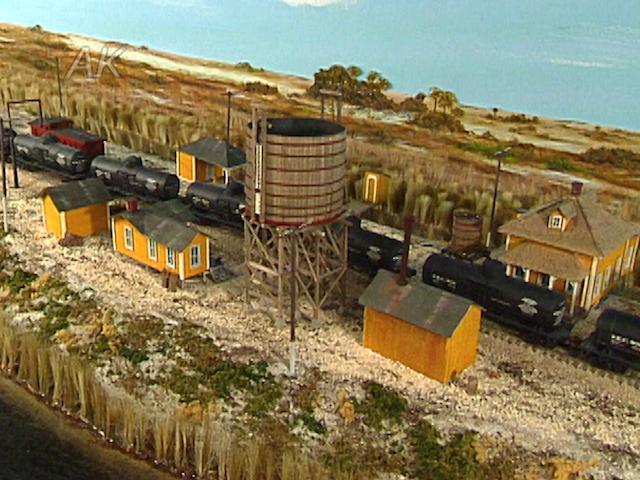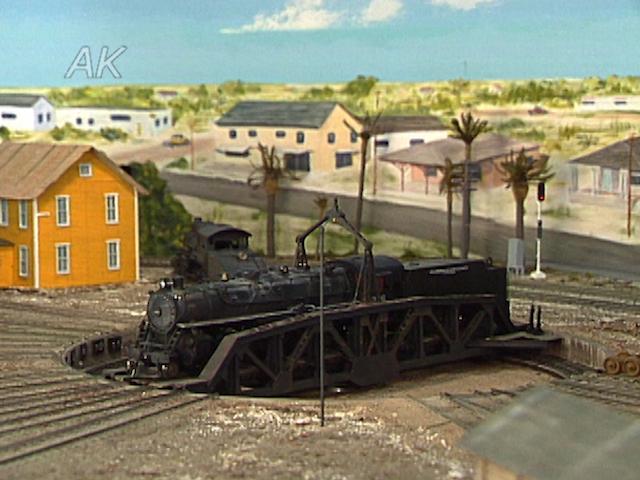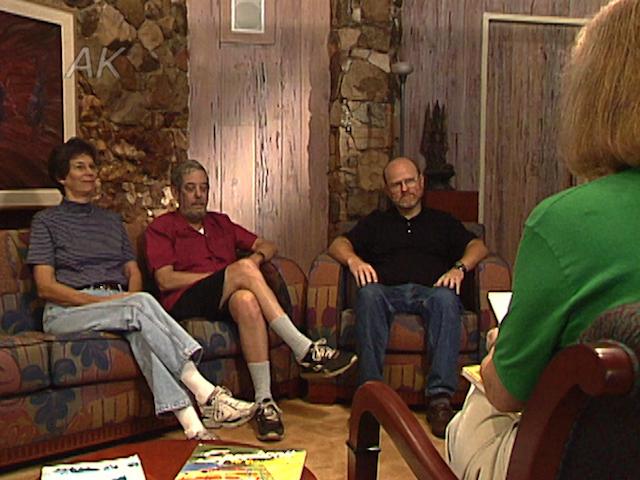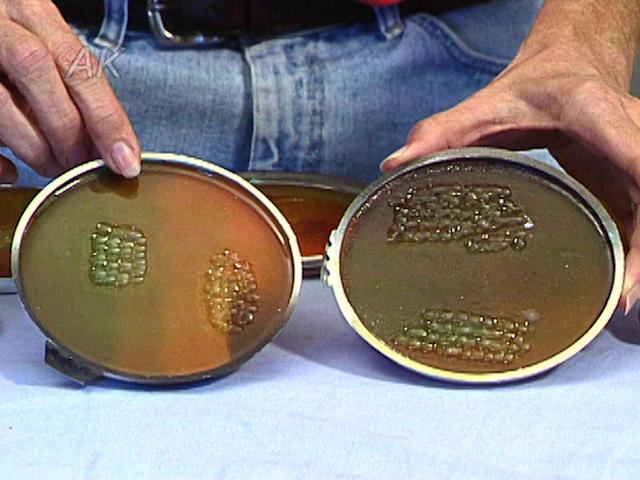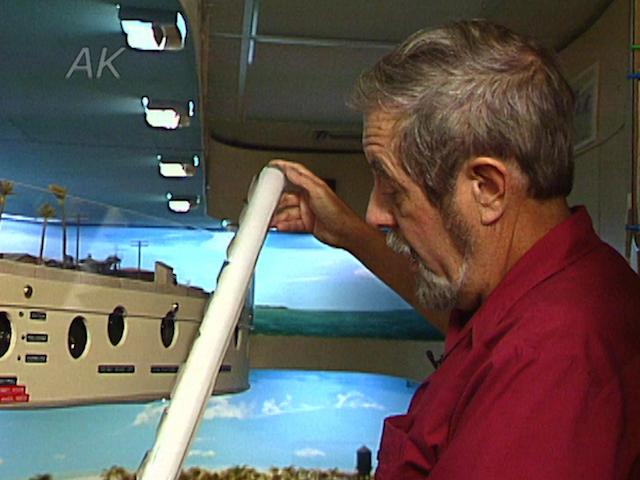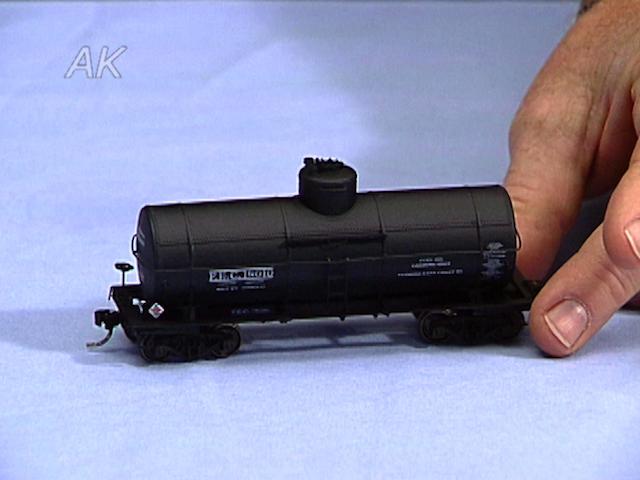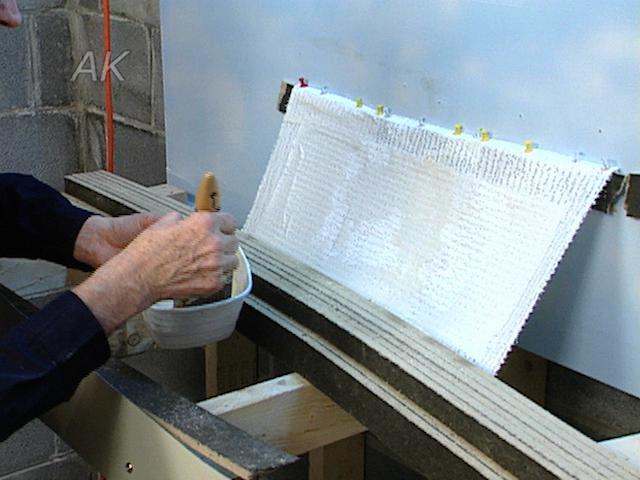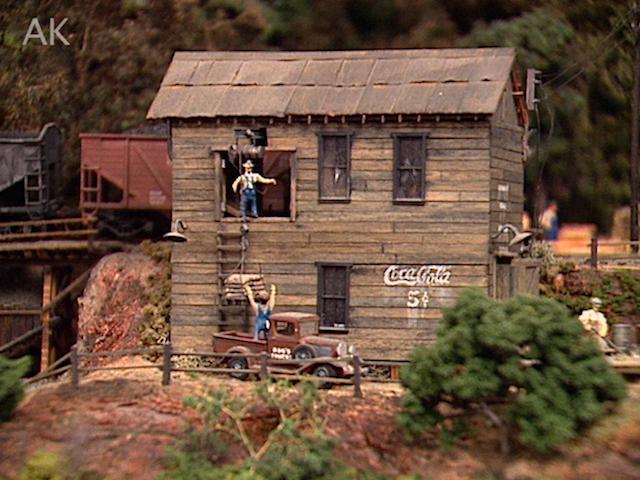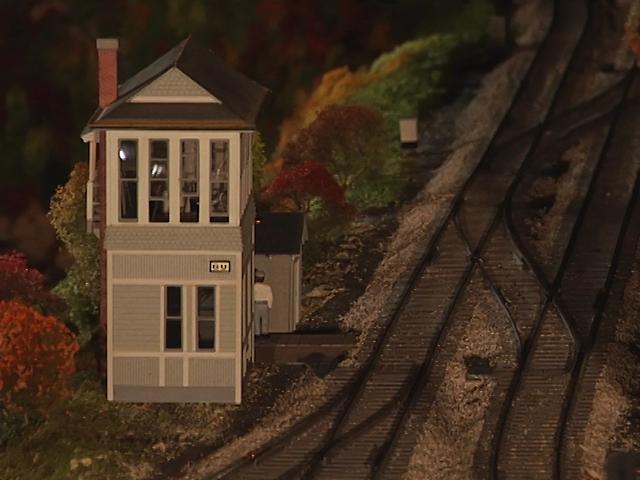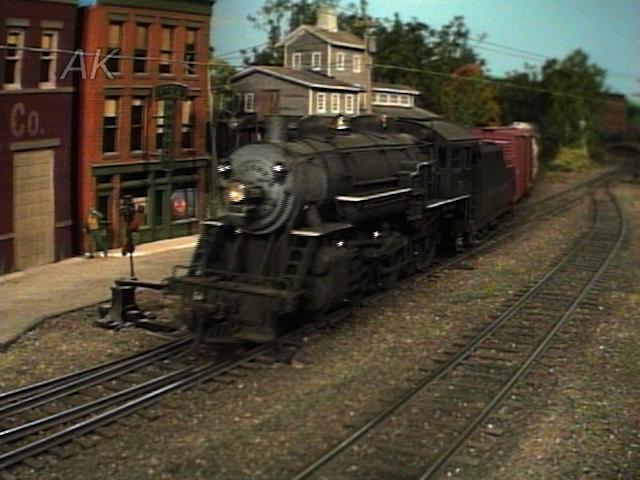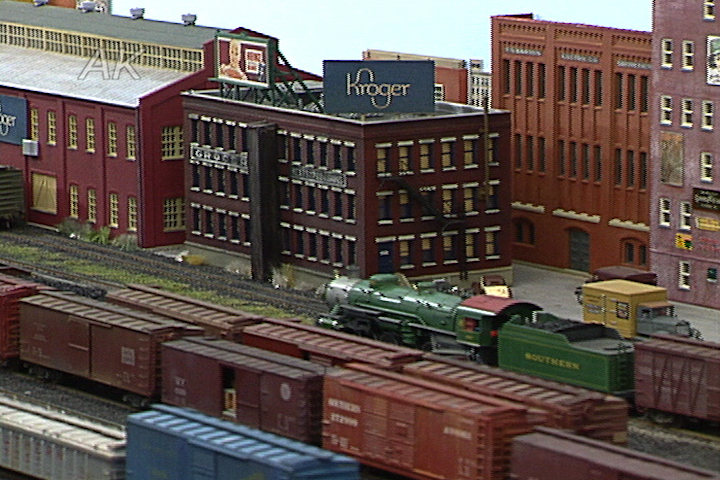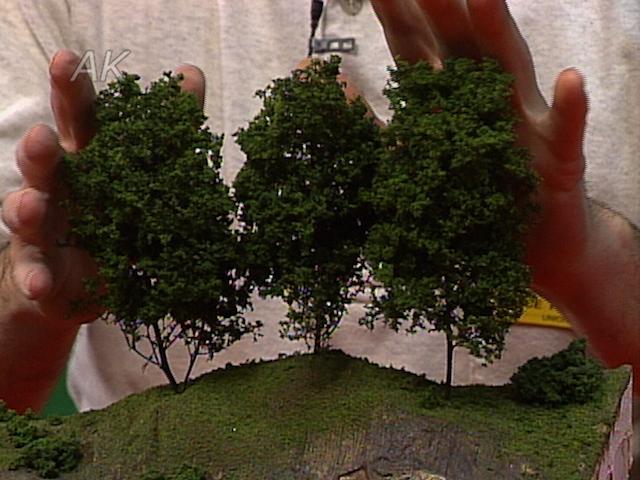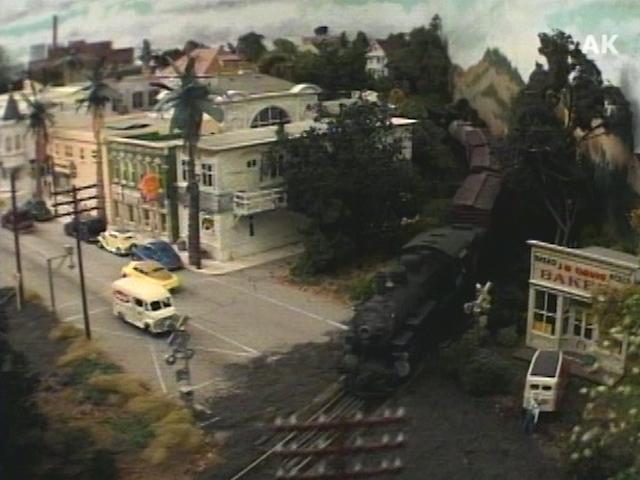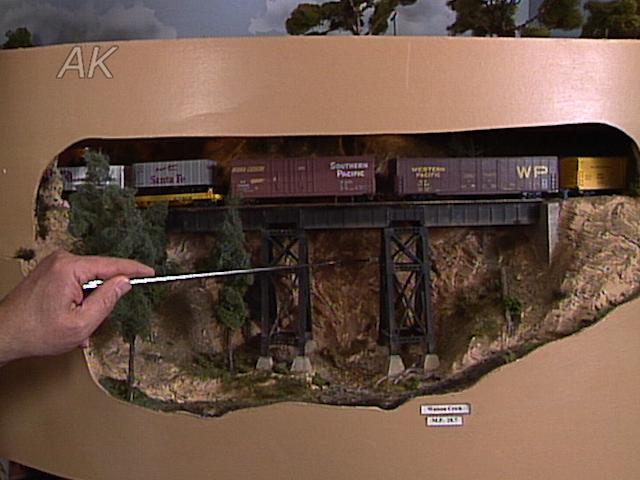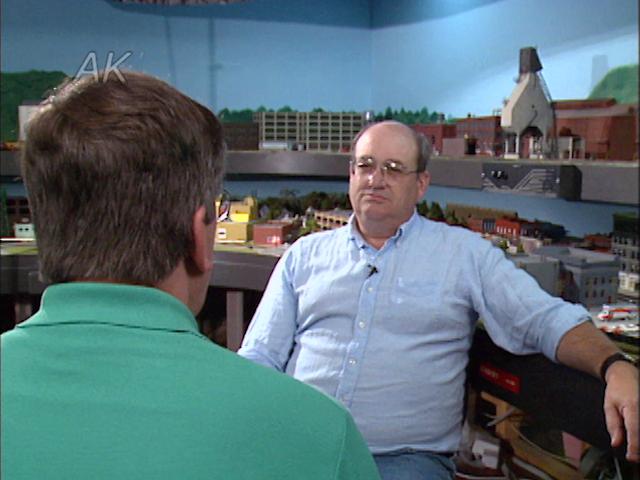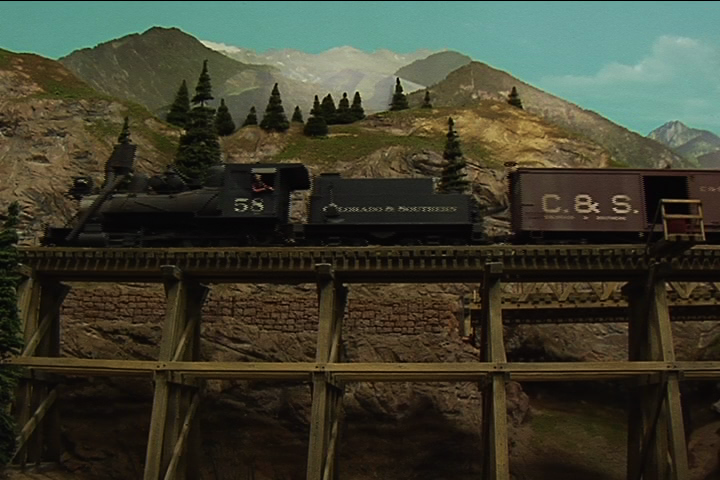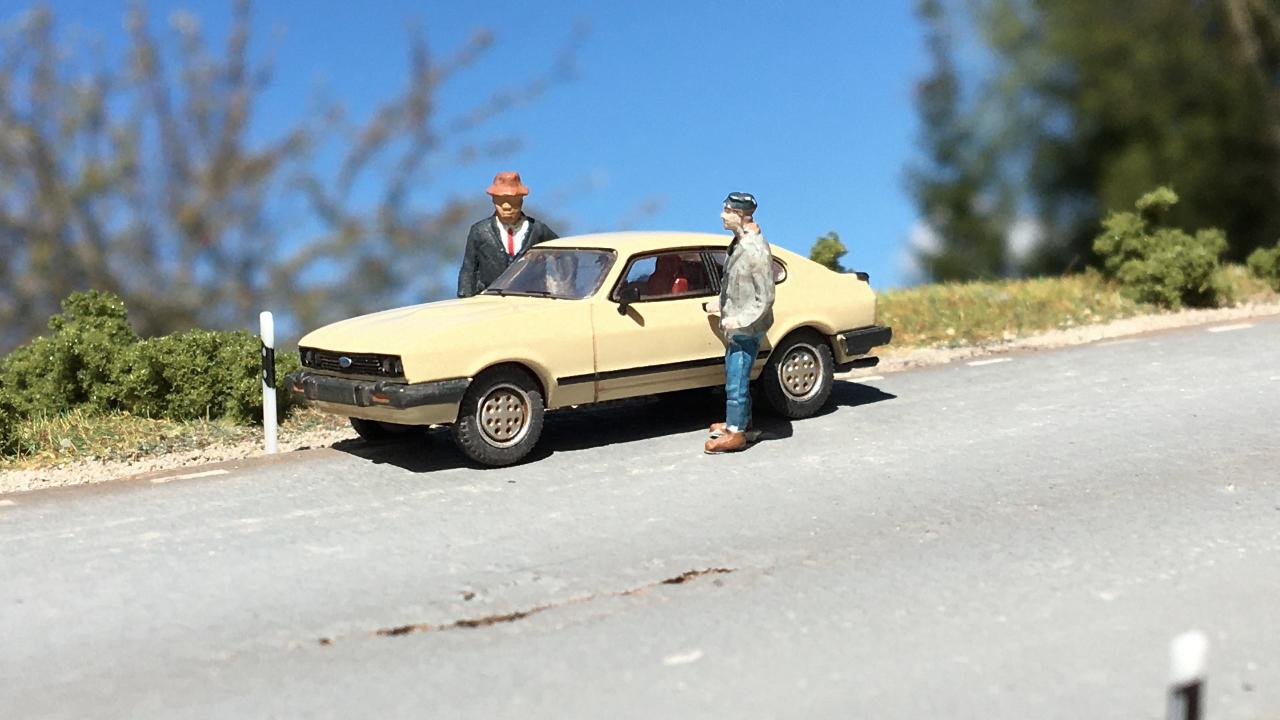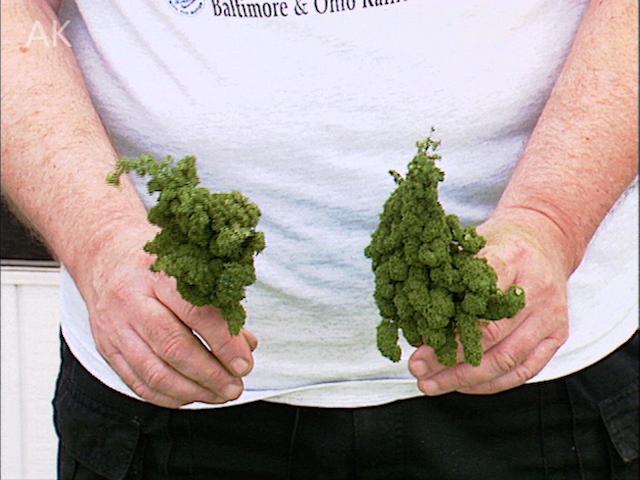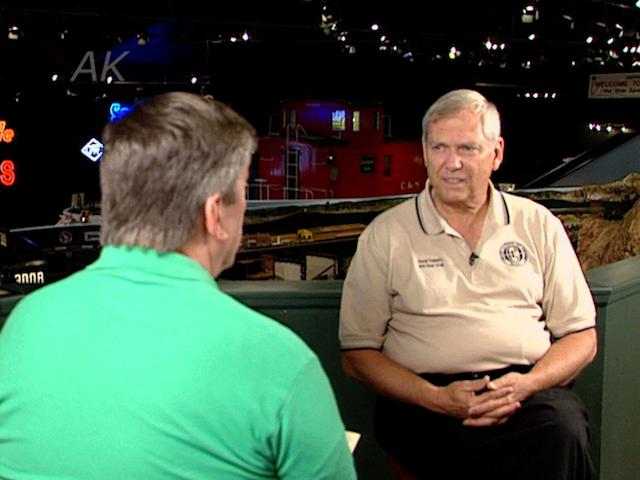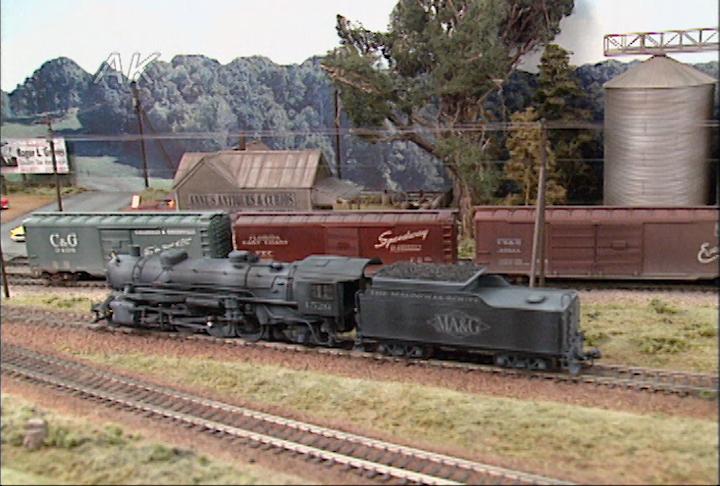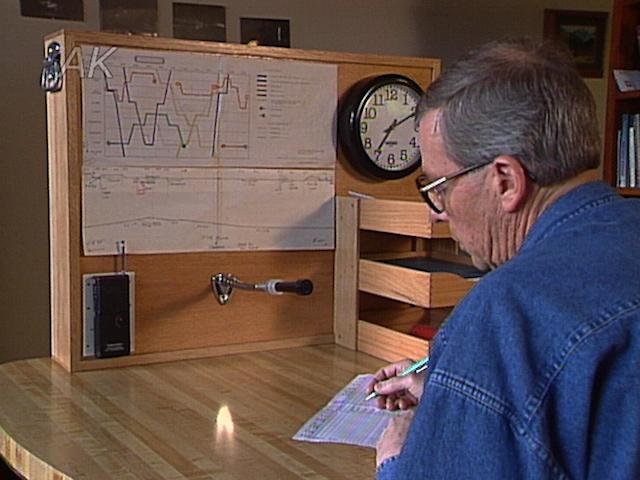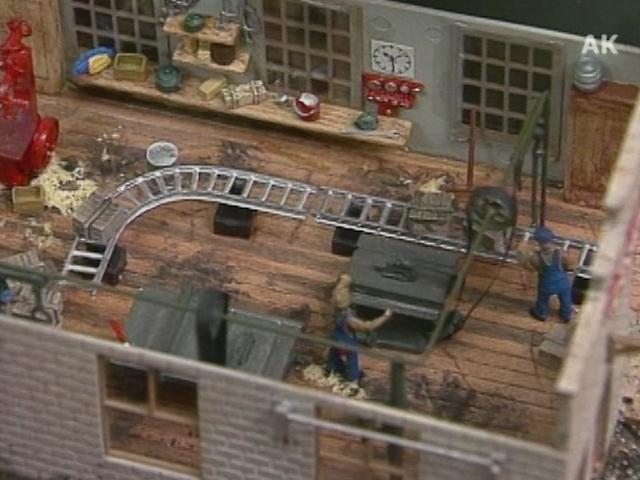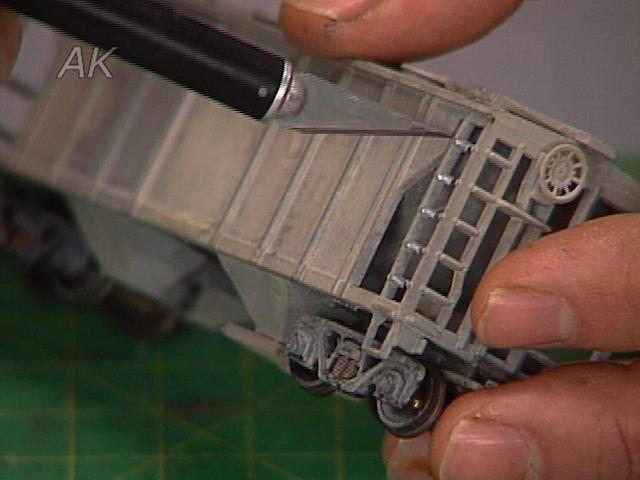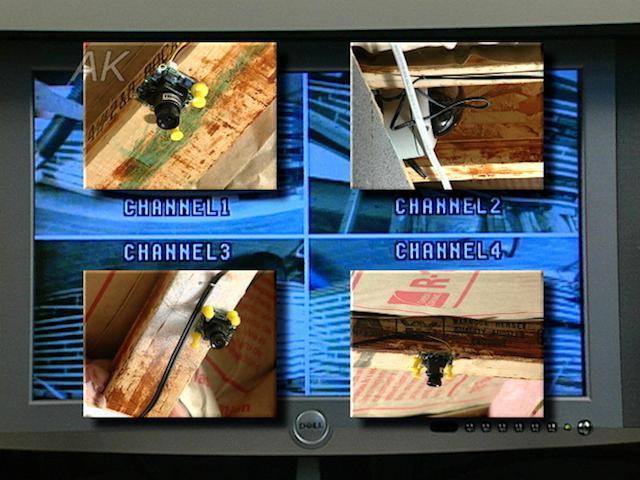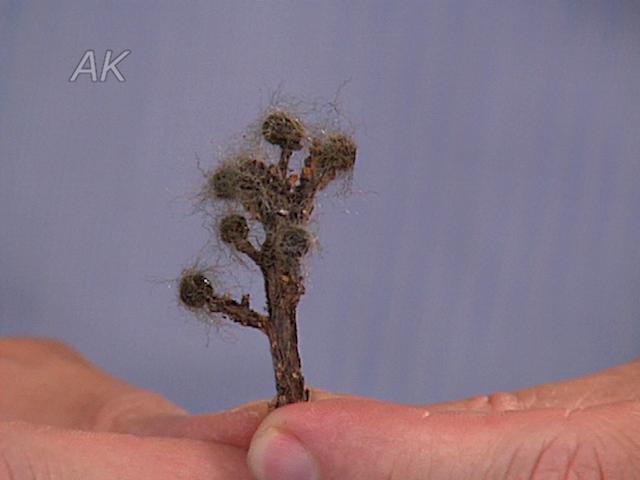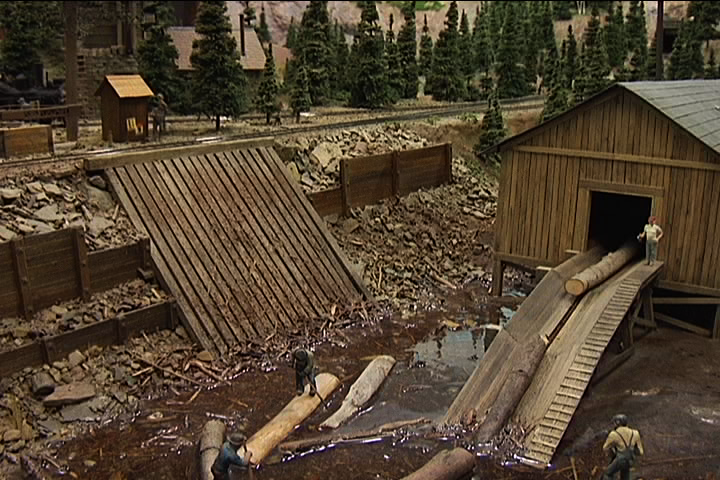
Creating the Pier Castings on the Florida East Coast Key West Extension
Cal WinterCal Winter and Railserve’s Ross and Gail Allen demonstrate how they made the pier castings for the Florida East Coast Key West Extension model railroad. The first thing to do was make a CAD drawing of the pier. Then they took shots in CAD of the various sides of the pier and came out with a one to one cutting template.
The casting was done in two pieces. After they had the paper templates printed out, they glued them to 30,000 styrene using regular paper rubber cement. Concrete molds back in the 30’s were made with board form concrete, so they glued strip wood to the templates with pliobond contact cement. After assembling these pieces to create a negative master, they poured plaster in and ended up destroying the negative master in the process of demolding. Luckily, there was no need for the negative master after that step.
Out of the negative master came a casting which was a positive of the master. They went through the casting and picked out some of the bubbles. In some places there are indentations where they cut out a bubble to appear like eroded concrete. This master was then lacquered, sprayed with a release agent, and convention molding processes were used to make a master mold.
They were then able to pour plaster into the mold to get out the 30 or so castings. They used a polyurethane molding compound made by Synair, which is a low-cost alternative to RTV at a fifth of the price. They go on to describe how they created the barnacled look on the pier. For more on model railroad backdrops and model railroad structures, visit our archives.
Explore videos by Cal Winter
You may be interested in
Premium Membership
Unlock exclusive member content from our industry experts.
- 24/7 Access to Premium Model Railroading Videos, Projects, and Tips
- Step-by-Step Instructional Guides & Layout Plans
- 50% Off Video Downloads Purchased in the Model Railroad Academy Shop
- Access to Ask the Expert Program
Unlock exclusive member content from our industry experts.
- 24/7 Access to Premium Model Railroading Videos, Projects, and Tips
- Step-by-Step Instructional Guides & Layout Plans
- 3 Full-Length Video Downloads to Watch Offline
- 50% Off Video Downloads Purchased in the Model Railroad Academy Shop
- Access to Ask the Expert Program
Gold Membership
$326 Value
Get everything included in Premium plus exclusive Gold Membership benefits.
- 24/7 Access to Premium Model Railroading Videos, Projects, and Tips
- Step-by-Step Instructional Guides & Layout Plans
- 9 Full-Length Video Downloads to Watch Offline
- 2 Full-Length Classes to Keep for Life
- 2 Downloadable Guides
- Discounts on Purchase-to-Own Content in the Model Railroad Academy Shop
- Access to Ask the Expert Program
- Exclusive GOLD LIVE Streaming Events
